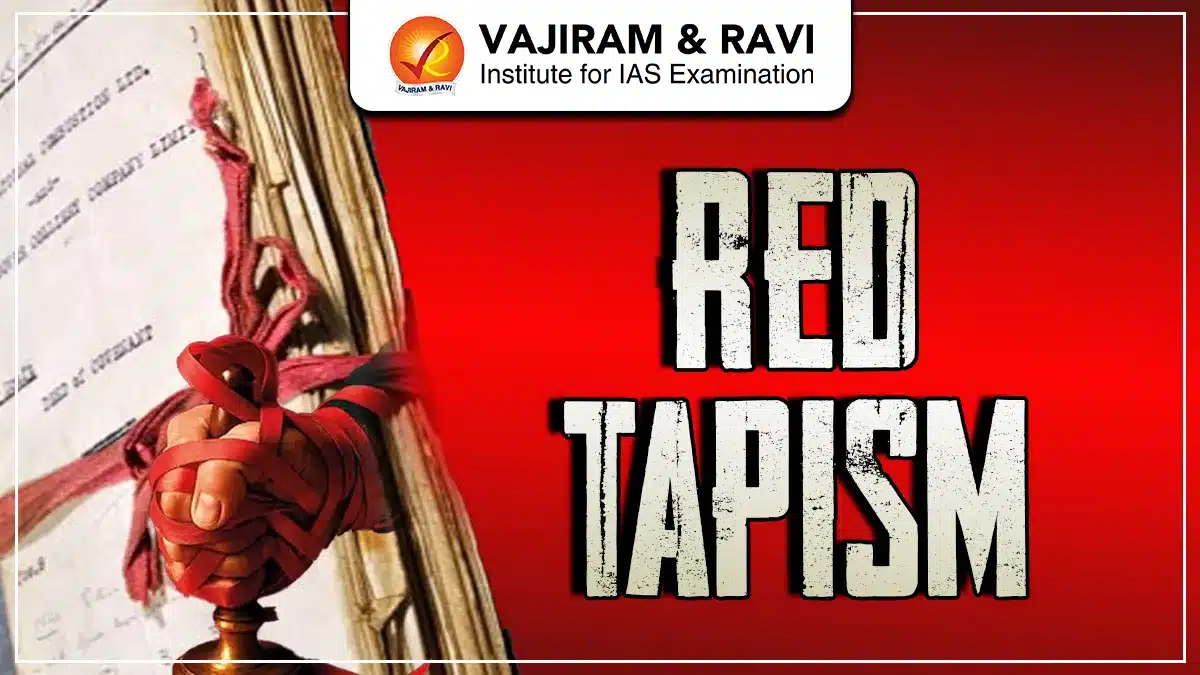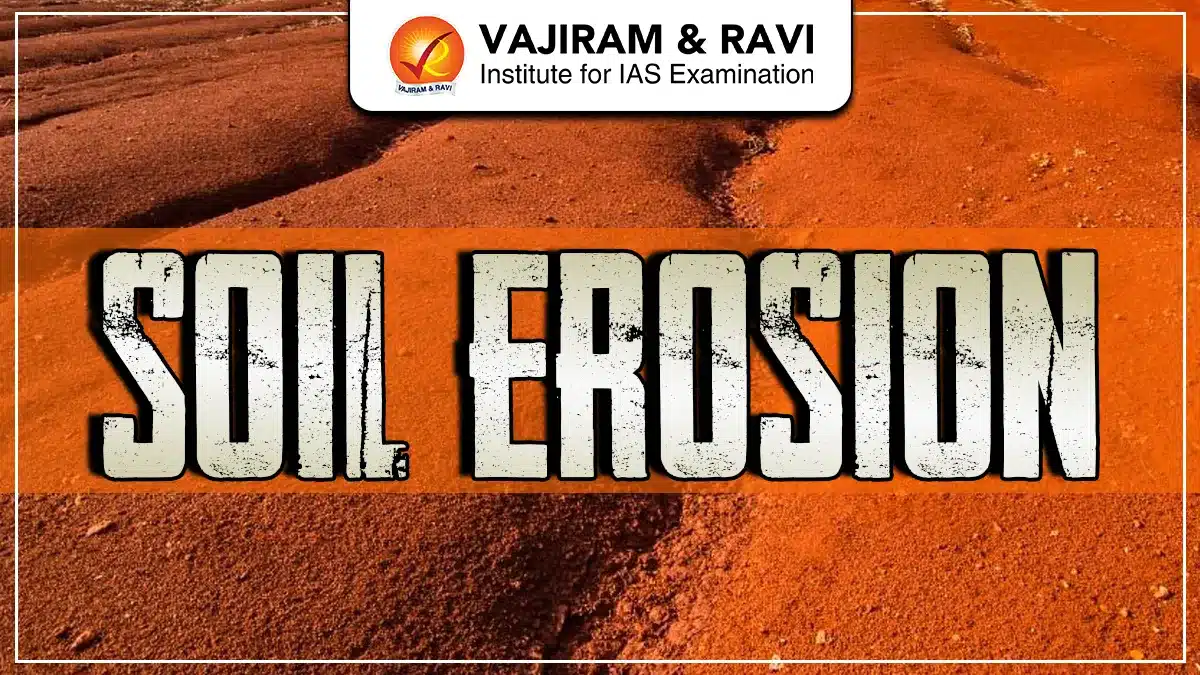The diverse geographic and climatic variations have given rise to various types of forest. Among these, Tropical Evergreen and Tropical Deciduous Forests are the two most prominent and ecologically significant categories. While they both belong to the tropical forest category, they differ in appearance, climatic conditions, biodiversity, and ecological importance.
Tropical Evergreen Forests
Tropical Evergreen Forests are also known as Rainforests where dense, multilayered forests are found in regions that receive high annual rainfall (more than 200 cm) and have no pronounced dry season. These forests remain green throughout the year due to continuous leaf shedding and growth.
Tropical Evergreen Forests Characteristics
- These forests are found mostly in the Tamil Nadu, Kerala, Karnataka, Maharashtra
- The climate observed in the forest is usually hot and humid throughout the year, with rainfall exceeding 200 cm annually.
- Canopy of the trees form a thick, multilayered canopy, blocking sunlight from reaching the forest floor.
- The forest is rich in plant and animal species; includes mahogany, ebony, rosewood, orchids, and ferns. Fauna includes elephants, leopards, monkeys, and a variety of insects and birds.
- Despite the dense vegetation and apparent richness, the soil in Tropical Evergreen Forests is relatively nutrient-poor.
Tropical Deciduous Forests
Tropical Deciduous Forests are also called Monsoon Forests, are found in areas with seasonal rainfall between 70 to 200 cm. These forests are known for their trees that shed leaves during the dry season to conserve water.
Tropical Deciduous Forests Characteristics
- The forest is widespread across central India, Eastern Madhya Pradesh, Chhattisgarh, Odisha, parts of Maharashtra, and the foothills of the Himalayas.
- The climate observed is usually Hot summers and cold winters, with a distinct dry season.
- The canopy of the forest is Moderately dense, allowing sunlight to reach the forest floor.
- Dominated by species like sal, teak, neem, and bamboo. Fauna includes tigers, langurs, deer, and several bird species.
- More fertile due to less leaching compared to evergreen regions, making these forests more suitable for agriculture.
Difference Between Tropical Evergreen and Tropical Deciduous Forests
Below is the Difference Between Tropical Evergreen and Tropical Deciduous Forests discussed in the table below:
| Difference Between Tropical Evergreen and Tropical Deciduous Forests | ||
| Aspect | Tropical Evergreen Forests | Tropical Deciduous Forests |
|
Also Known As |
Rainforests |
Monsoon Forests |
|
Rainfall |
Above 200 cm annually |
100–200 cm annually |
|
Dry Season |
No dry season |
Prominent dry season (3–4 months) |
|
Leaf Shedding |
Trees do not shed leaves seasonally |
Trees shed leaves during dry months to conserve moisture |
|
Location in India |
Western Ghats, North-Eastern states, Andaman & Nicobar |
Central India, Himalayan foothills, Odisha, Chhattisgarh |
|
Density of Forest |
Very dense and dark; multilayered canopy |
Less dense; more light reaches the ground |
|
Sunlight Penetration |
Minimal sunlight reaches forest floor |
Moderate sunlight penetration |
|
Flora |
Mahogany, ebony, rosewood, bamboo, orchids |
Teak, sal, neem, peepal, bamboo |
|
Fauna |
Leopards, elephants, bats, snakes, butterflies |
Tigers, monkeys, deer, langurs, peacocks |
|
Biodiversity |
Extremely rich and diverse |
Moderately rich |
|
Soil Quality |
Poor and acidic due to leaching |
Fertile, supports agriculture |
|
Economic Importance |
Hardwood timber, medicinal plants, spices |
Timber, firewood, fodder, medicinal plants |
|
Human Habitation |
Sparse due to dense cover and poor soil |
More accessible and often cleared for cultivation |
Tropical Evergreen and Tropical Deciduous Forests Importance
Both Tropical Evergreen and Tropical Deciduous Forests plays an important role in maintaining ecological balance:
- Carbon Sink: Both forest types absorb CO₂ and regulate the climate.
- Biodiversity Hotspots: They support varied species, many of which are endemic.
- Livelihood Support: Forest produce like timber, fruits, herbs, and honey are economically important.
Water Cycle: They help regulate the regional hydrological cycle by retaining soil moisture and supporting rainfall.
Last updated on January, 2026
→ Check out the latest UPSC Syllabus 2026 here.
→ Join Vajiram & Ravi’s Interview Guidance Programme for expert help to crack your final UPSC stage.
→ UPSC Mains Result 2025 is now out.
→ UPSC Notification 2026 is scheduled to be released on January 14, 2026.
→ UPSC Calendar 2026 is released on 15th May, 2025.
→ UPSC Prelims 2026 will be conducted on 24th May, 2026 & UPSC Mains 2026 will be conducted on 21st August 2026.
→ The UPSC Selection Process is of 3 stages-Prelims, Mains and Interview.
→ UPSC Result 2024 is released with latest UPSC Marksheet 2024. Check Now!
→ UPSC Toppers List 2024 is released now. Shakti Dubey is UPSC AIR 1 2024 Topper.
→ Also check Best IAS Coaching in Delhi
Difference Between Tropical Evergreen and Tropical Deciduous Forests FAQs
Q1. What is the main difference between tropical evergreen and deciduous forests?+
Q2. Where are tropical evergreen forests found in India?+
Q3. Why do trees in deciduous forests shed their leaves?+
Q4. Which forest type has more biodiversity?+
Q5. Which forests are more economically important for timber?+
Tags: difference between tropical evergreen and tropical deciduous forests

















